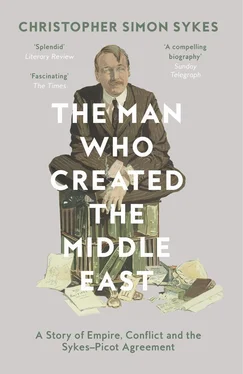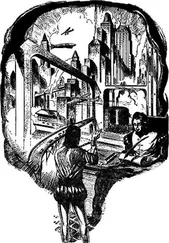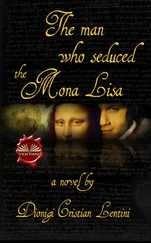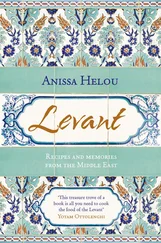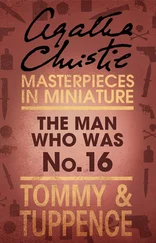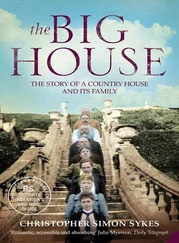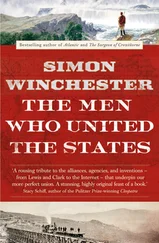Contents Cover Title Page Copyright Dedication Introduction Prologue: An Exhumation 1. The Parents 2. Trials and Tribulations 3. Through Five Turkish Provinces 4. South Africa 5. Coming of Age 6. Return to the East 7. Family Life 8. A Seat in the House 9. War 10. Kitchener and the Middle East 11. The Sykes–Picot Agreement 12. Zionism 13. The Balfour Declaration 14. Worked to Death Epilogue: The Legacy Acknowledgements Bibliography References and Notes on Sources Index Also by Christopher Simon Sykes About the Publisher
Copyright Contents Cover Title Page Copyright Dedication Introduction Prologue: An Exhumation 1. The Parents 2. Trials and Tribulations 3. Through Five Turkish Provinces 4. South Africa 5. Coming of Age 6. Return to the East 7. Family Life 8. A Seat in the House 9. War 10. Kitchener and the Middle East 11. The Sykes–Picot Agreement 12. Zionism 13. The Balfour Declaration 14. Worked to Death Epilogue: The Legacy Acknowledgements Bibliography References and Notes on Sources Index Also by Christopher Simon Sykes About the Publisher
William Collins
An imprint of HarperCollins Publishers
1 London Bridge Street
London SE1 9GF
www.WilliamCollinsBooks.com
This eBook first published in Great Britain by William Collins in 2016
Copyright © Christopher Simon Sykes 2016
Christopher Simon Sykes asserts the moral right to be identified as the author of this work
A catalogue record for this book is available from the British Library
Cover image © Look and Learn/Peter Jackson Collection/Bridgeman Images (shows Lieut Colonel Mark Sykes by Hester, Robert Wallace 1866-1923)
All rights reserved under International and Pan-American Copyright Conventions. By payment of the required fees, you have been granted the non-exclusive, non-transferable right to access and read the text of this e-book on-screen. No part of this text may be reproduced, transmitted, down-loaded, decompiled, reverse engineered, or stored in or introduced into any information storage and retrieval system, in any form or by any means, whether electronic or mechanical, now known or hereinafter invented, without the express written permission of HarperCollins.
Source ISBN: 9780008121938
Ebook Edition © November 2016 ISBN: 9780008121921
Version: 2017-09-06
Dedication Contents Cover Title Page Copyright Dedication Introduction Prologue: An Exhumation 1. The Parents 2. Trials and Tribulations 3. Through Five Turkish Provinces 4. South Africa 5. Coming of Age 6. Return to the East 7. Family Life 8. A Seat in the House 9. War 10. Kitchener and the Middle East 11. The Sykes–Picot Agreement 12. Zionism 13. The Balfour Declaration 14. Worked to Death Epilogue: The Legacy Acknowledgements Bibliography References and Notes on Sources Index Also by Christopher Simon Sykes About the Publisher
I dedicate this book to the memory of my grandfather, Mark Sykes, whom I would so love to have known.
‘… of this I am sure, we shall never in our lives meet anyone like him.’
(F. E. Smith. 1st Earl Birkenhead)
Cover
Title Page Contents Cover Title Page Copyright Dedication Introduction Prologue: An Exhumation 1. The Parents 2. Trials and Tribulations 3. Through Five Turkish Provinces 4. South Africa 5. Coming of Age 6. Return to the East 7. Family Life 8. A Seat in the House 9. War 10. Kitchener and the Middle East 11. The Sykes–Picot Agreement 12. Zionism 13. The Balfour Declaration 14. Worked to Death Epilogue: The Legacy Acknowledgements Bibliography References and Notes on Sources Index Also by Christopher Simon Sykes About the Publisher
Copyright
Dedication
Introduction
Prologue: An Exhumation
1. The Parents
2. Trials and Tribulations
3. Through Five Turkish Provinces
4. South Africa
5. Coming of Age
6. Return to the East
7. Family Life
8. A Seat in the House
9. War
10. Kitchener and the Middle East
11. The Sykes–Picot Agreement
12. Zionism
13. The Balfour Declaration
14. Worked to Death
Epilogue: The Legacy
Acknowledgements
Bibliography
References and Notes on Sources
Index
Also by Christopher Simon Sykes
About the Publisher
It is extraordinary to think that my grandfather, Sir Mark Sykes, was only thirty-six years old when he found himself signatory to one of the most controversial treaties of the twentieth century, the Sykes–Picot Agreement. This was the secret pact arranged between the Allies in the First World War, in 1916, to divide up the Ottoman Empire in the event of their victory. It was a piece of typical diplomacy in which each side tried its best not to tell the other exactly what it was that it wanted, while making the vaguest promises to various Arab tribes that they would have their own kingdom in return for fighting on the Allied side. None of these promises materialised in the aftermath of the War, Arab aspirations being dashed during the subsequent Peace Conference in which the rivalries and clashes of the great powers, all eager to make the best deals for themselves in the aftermath of victory, dominated the proceedings, and pushed the issue of the rights of small nations into the background. This was the cause of bad blood, which has survived to the present day.
Perhaps it is because my grandfather’s name is placed before that of his fellow signatory that history has tended to make him the villain of the piece rather than Monsieur Georges-Picot. ‘You’re writing about that arsehole?’ commented an Italian historian in Rome last year, while even my publisher suggested that a good title for the book might be ‘The Man Who Fucked Up the Middle East’. These kinds of comment only strengthened my resolve to find out the truth about a man of whom I had no romantic perceptions, since he died nearly thirty years before I was born. I felt this meant I could be objective.
I also knew that there was much more to him than his involvement in the division of the Ottoman Empire, which occupied only the last four years of his life. Before that he had led a life filled with adventures and experiences. As a boy he had travelled to Egypt and India, explored the Arabian desert and visited Mexico. He had been to school in Monte Carlo, where he had befriended the croupiers in the Casino, before attending Cambridge under the tutorship of M. R. James. His first book, an account of his travels through Turkey, was published when he was twenty, before he went off to fight in the Boer War. He travelled extensively throughout the Ottoman Empire, mapping areas that cartographers had never before visited. He was generally recognised as a talented cartoonist, whose drawings appeared regularly in Vanity Fair , as well as being an excellent mimic and amateur actor, gifts that, when he eventually entered the House of Commons, ensured a full house whenever he spoke. All this against a background of a difficult and lonely childhood that he rose above to make a happy marriage and become the father of six children.
I decided to tell his story largely through his correspondence with his wife, Edith, a collection of 463 letters written from the time they met till a year before his death. As well as chronicling his daily activities, they provide a fascinating insight into his emotional state, since he never held back from expressing his innermost feelings, pouring his emotions onto the page, whether anger embodied in huge capital letters and exclamation marks, humour represented by a charming cartoon, or occasionally despair characterised by long monologues of self-pity. They are also filled with expressions of deep love for Edith, with whom he shared profound spiritual beliefs. Sadly, almost none of her letters have survived.
Читать дальше
